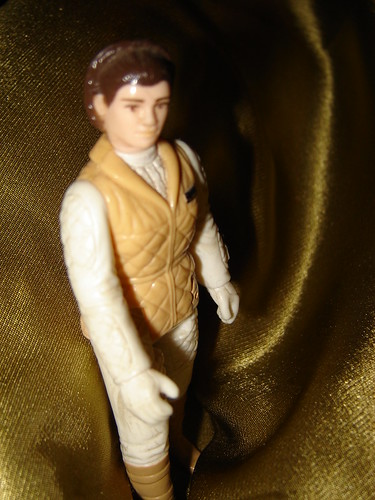In order to assess how well Kuglin’s questionnaire translated to a more specific population, namely whakapapa researchers, the pilot survey was distributed to selected participants for appraisal and feedback. The pilot survey included the questions as they would appear in the final questionnaire and included adjustments and additions made to Kuglin’s original survey instrument. The pilot survey had the format of the final survey incorporating Likert scale and multiple choice questions. Pilot participants were asked to comment on issues such as the length of the survey (both in number of questions and in time taken to complete it), whether the questions were clear and easy to understand, whether there were any questions or answer options that were missing and should be included, and any other comments or feedback that they thought pertinent or useful. As the pilot questionnaire needed to be distributed to people who were familiar with whakapapa research, the questionnaire was made available to members of Te Rōpū Whakahau (TRW), the national organisation for Māori in the LIS field via the TRW email list-serv. An email Letter of Information explaining the purpose of the proposed study and the need for considered feedback was sent with the questionnaire attached as a word document and was distributed from 20 June 2007. Responses were accepted until 31 June 2007. In addition to the distribution via email, questionnaires were administered by the researcher to 2 Māori colleagues in order to be able to discuss their comments and ideas around the questionnaire. Pilot questionnaires were completed by 7 respondents in total and the comments were generally very positive about the content of the questionnaire, though some points were raised that led to adjustments being made.
One respondent found that Question 1, option a. “for posterity” might not be clear to all potential respondents and that this could be explained in more detail. As a result a fuller explanation of the term was included in this question option. Another respondent felt that the year range offered in Question 2 which asked how long someone had been involved in whakapapa research was too narrow. Given that past research, as mentioned earlier, has profiled genealogists as being “elderly” it was considered a fair point to make and as a result the year range was extended by 5 years.
All respondents to the pilot survey completed the questionnaire fully and were able to follow the instructions well. Estimates on how long respondents took to fill in the questionnaire ranged from 5 to 15 minutes. These results suggested that the questionnaire, with minor adjustments, would be suitable for wider distribution
Subscribe to:
Post Comments (Atom)




No comments:
Post a Comment